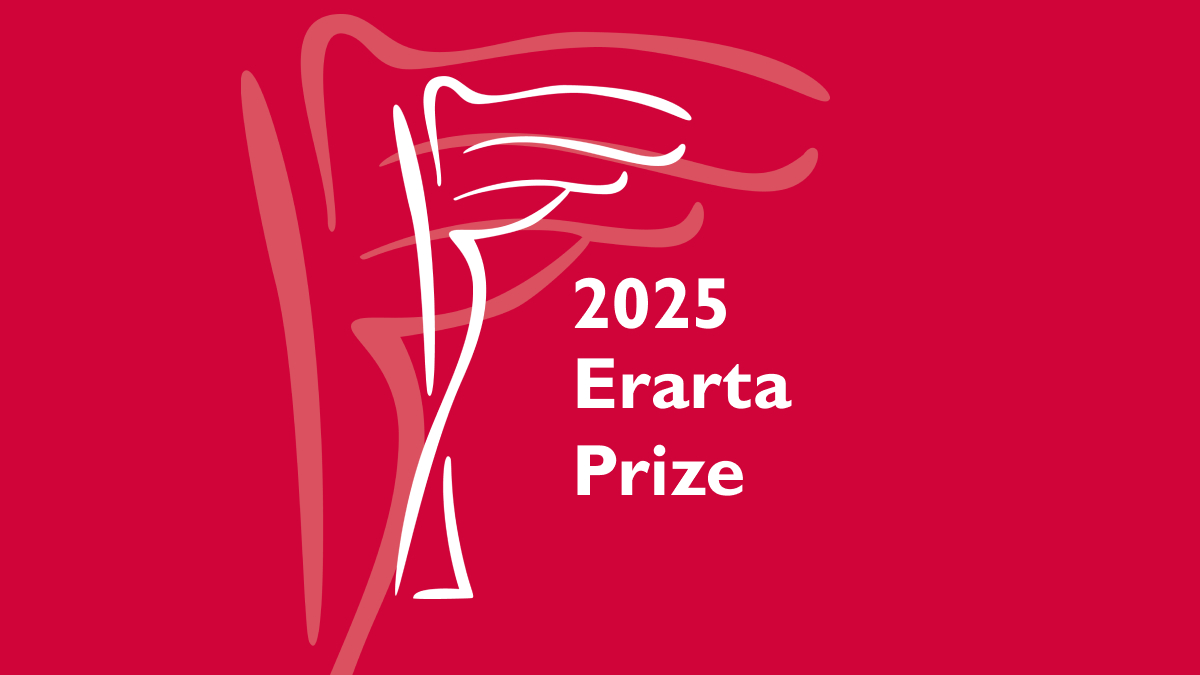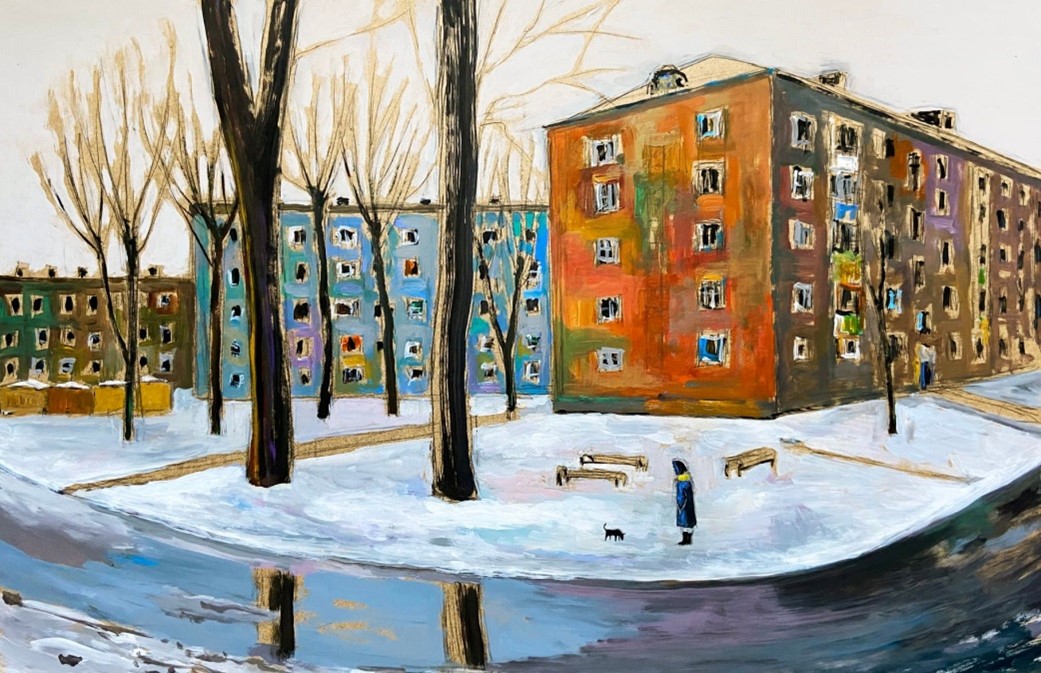Erarta Museum presented an exhibition of digital artworks by Roman Hodirev reviving the sacral imagery of the past
-
Pictures shining with every colour imaginable and replete with detail and intricate lines
-
Reflections on the origin of the world and the human lot
-
Static images suggesting perpetual motion
Roman Hodirev bills himself as a digital artist and consciously avoids reducing his art to two-dimensional paintings. His pictures, shining with every colour imaginable and replete with detail and intricate lines, are inspired by archaic visions. These sacral patterns and symbols comprise complete cosmogonies, telling of the origins of the world and the man’s place in it. Using state-of-the-art printing technology and animations, Hodirev seeks to decode ritual masks, mandalas, and crosses.
The exhibition designed to be presented at Erarta Museum includes a video tribute to Nam June Paik’s iconic TV Buddha installation. It is a visual meditation on how the picture moving on a screen became an integral part of the modern man’s living environment. The same subject is addressed in the artist’s striking digital panels: static images pulse and scintillate, drawing the eye towards the centre and reminding the viewer of the perpetual motion of the world – or perhaps even multiple worlds.
Roman Hodirev’s aesthetics is based on the idea that there is no such thing as chaos and that all matter is fractal – one only needs to take a closer look. The artist’s digital images span the entire human history: from sun worship and faces of the ancient deities to the downfall of great cities.









